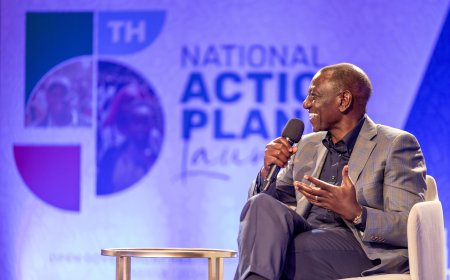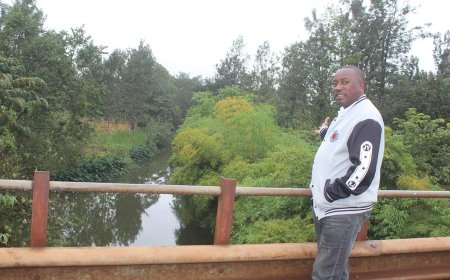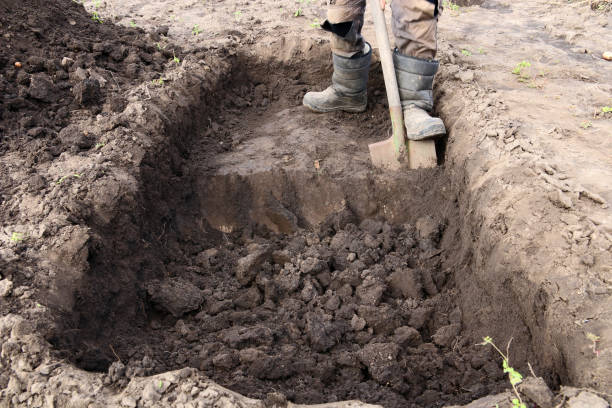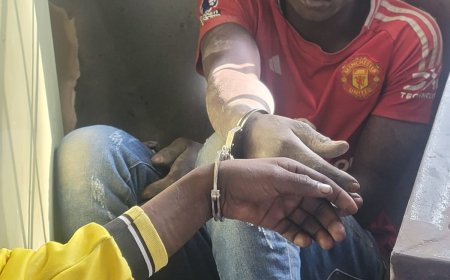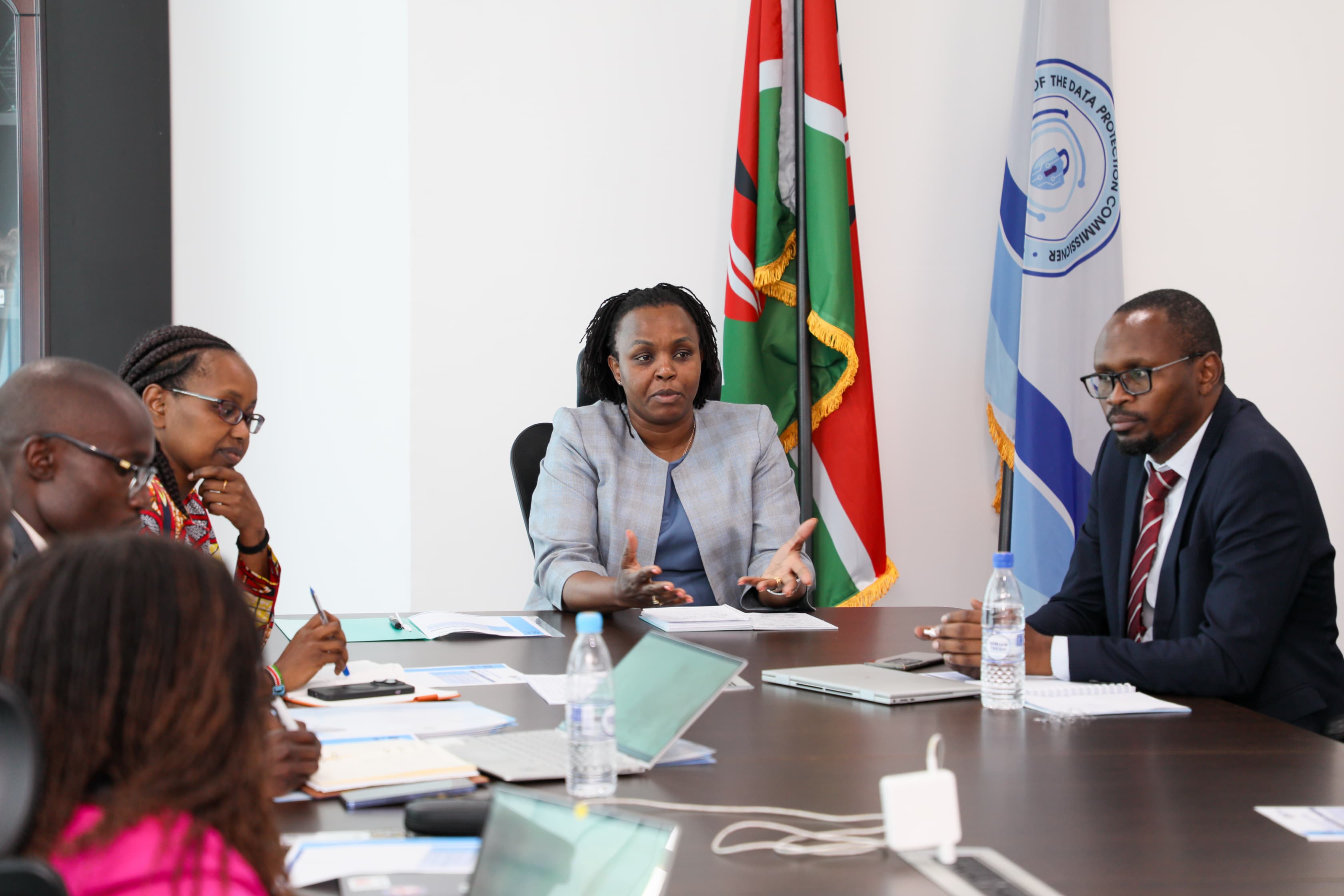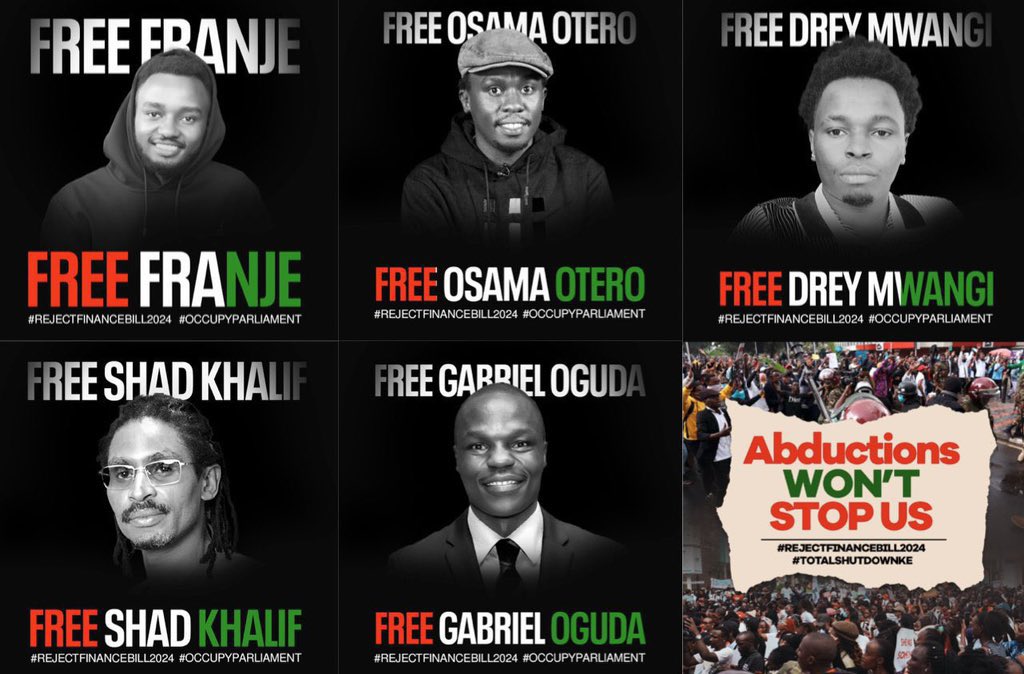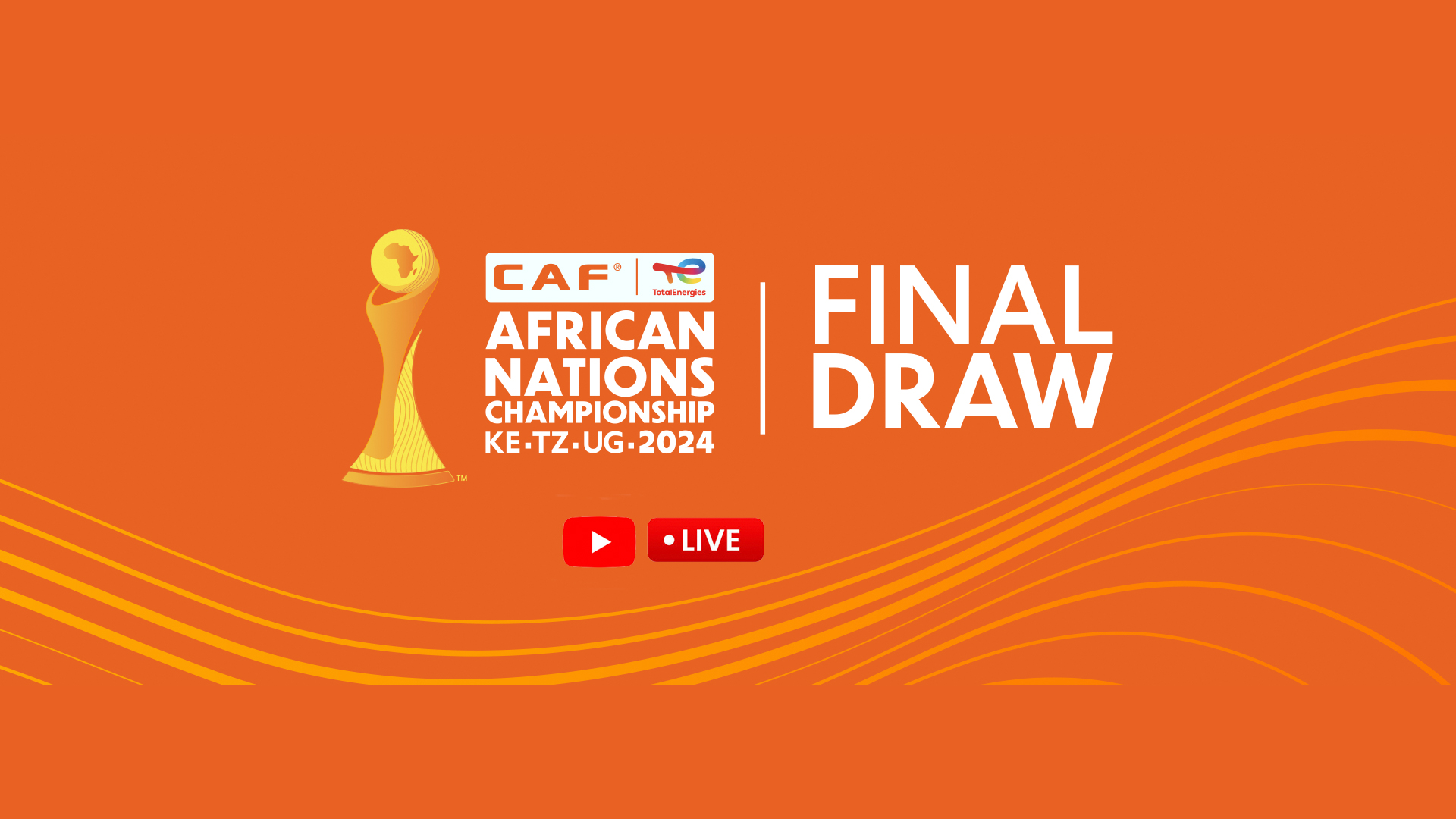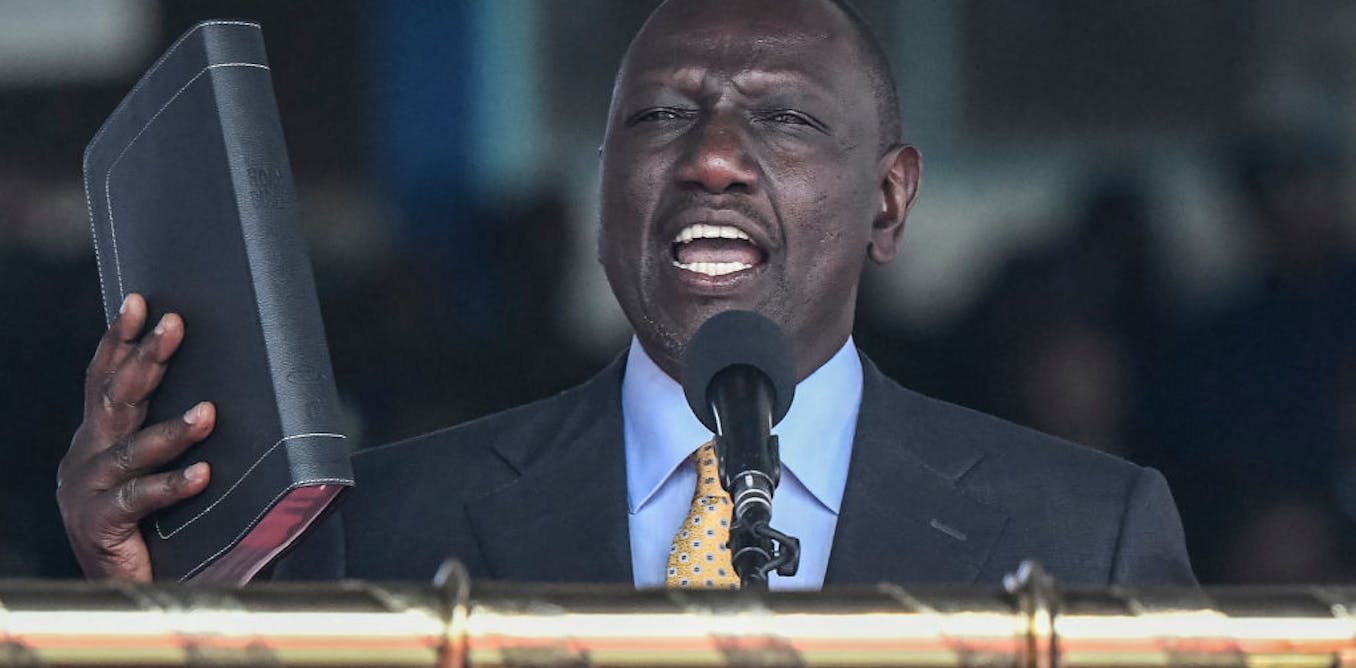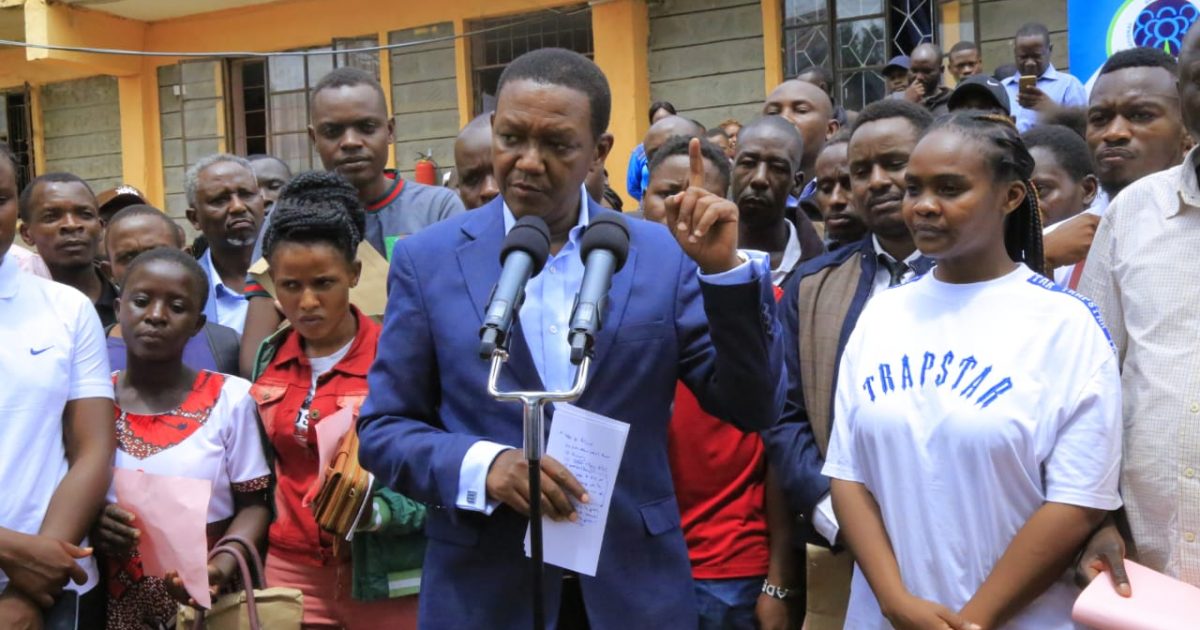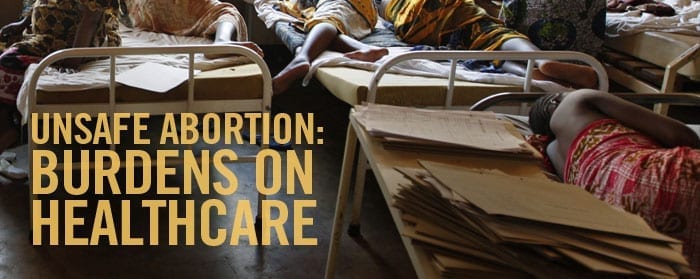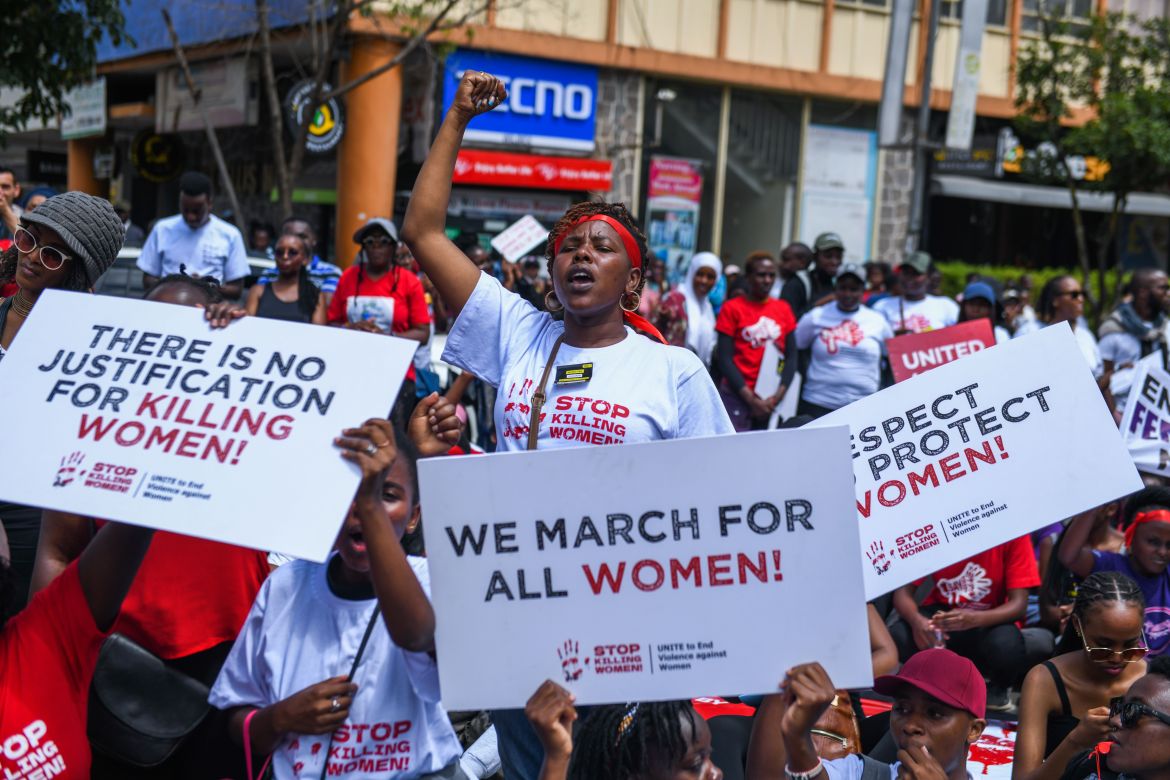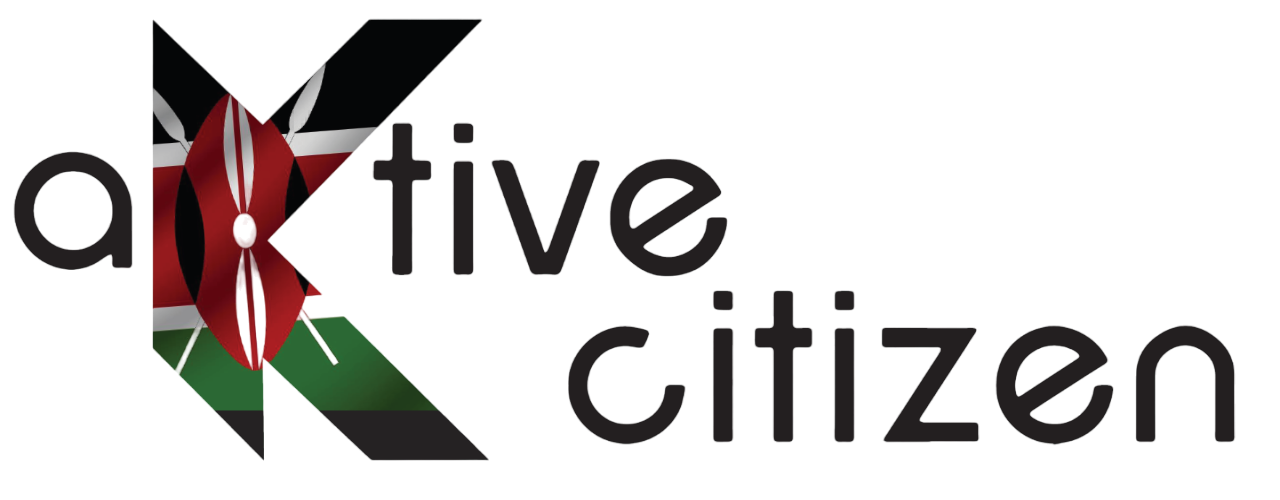2027’s Hidden Chessboard: How ODM and Wiper Stand Between Old Politics and a New Kenya
The 2027 general election may usher in a major political realignment. As Rigathi Gachagua gains traction and Ruto’s UDA wobbles, strategic decisions by ODM, Wiper, and regional players could determine whether this election breaks with the past or repeats it.
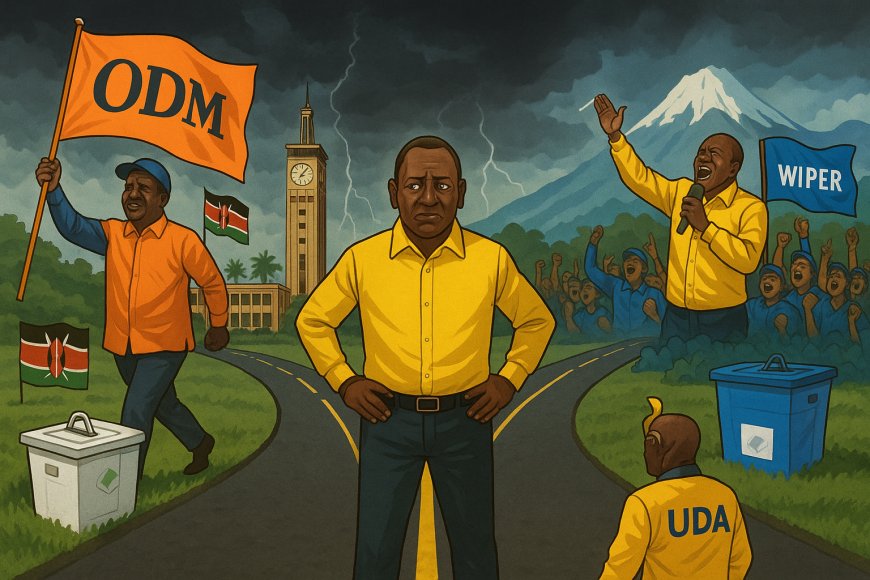
Kenyan politics has long been a masterclass in tactical maneuvering, party-switching, and last-minute realignments. It is a theater of constant reinvention, where popular slogans mask deeper power struggles, and where the so-called "weaker man" sometimes walks away with the prize. Now, as the country edges toward the 2027 general election, familiar patterns are once again giving way to new political equations.
Deputy President Rigathi Gachagua, once a quiet player in the shadow of President William Ruto, has become a formidable grassroots force. Across central Kenya and beyond, his now-signature “wantam” chants dominate rallies, signaling a groundswell of support. Meanwhile, President Ruto’s hold appears to be slipping, worn down by public discontent, a bruising economy, and deepening political defections.
But popularity alone has never guaranteed power in Kenya. Opposition leader Raila Odinga’s political journey is a testament to that truth. Since the 1990s, Odinga has consistently marshaled the most potent opposition movements, from the National Development Party to the Orange Democratic Movement (ODM), to CORD and NASA. Yet, despite commanding massive crowds and surviving electoral manipulation, he has never clinched the presidency. Examples: the disputed 2007 election, the Supreme Court-annulled 2017 vote, and the narrow 2022 loss.

The stakes in 2027 are unusually high. Historically, incumbents have defended their seats under new party banners: Kibaki moved from NARC to PNU in 2007, Uhuru from TNA to Jubilee in 2013, and Ruto from Jubilee to UDA in 2022. These rebrands allowed presidents to consolidate new coalitions and escape baggage. But Ruto’s options in 2027 are narrowing.
If he attempts to create another party, he risks isolating himself from his base. A new party would require grassroots machinery, loyal parliamentary candidates, and financing, a near-impossible task amid rising opposition from within his own camp. The recent impeachment of Gachagua only accelerated dissent, splitting Mt Kenya’s support and paving the way for a political insurgency.
In contrast, ODM and Wiper remain among Kenya’s most enduring and stable parties. Their alliance has weathered multiple elections, typically fielding Raila Odinga as the presidential candidate and Kalonzo Musyoka as his running mate. Over the years, both parties have built loyal voter bases and organizational muscle across Nyanza, Eastern, Coast, and parts of Nairobi.
The game-changer came in 2025 when Ruto entered a working agreement with ODM under the guise of a “broad-based government.” The pact realigned power centers and blurred traditional party lines. Shortly after, Ruto moved to oust his deputy, a miscalculation that gave Gachagua a martyr’s platform. Gachagua then aligned with Wiper and launched the Democracy for Citizens Party (DCP), quickly becoming a regional threat.
Now, a critical question looms: under which banner will Ruto seek re-election? If he sticks with UDA, he risks further alienation in Mt Kenya and diminishing support in Rift Valley. If he forms a new party, he may fail to rally the country’s fragmented political class. But if he chooses to run under the ODM banner, with its national brand, alliance with Wiper, and access to grassroots machinery, he could reinvent himself once more.
Such a move would allow ODM to continue expanding into regions it traditionally struggled to penetrate. Smaller parties like Maendeleo Chap Chap or Jubilee remnants could serve as local decoys, splitting the vote in opposition strongholds like Ukambani without fielding direct ODM candidates, an electoral tactic used before.
For the opposition, unity will be critical. Should Ruto co-opt ODM, the logical counterweight would be a consolidated Wiper-led alliance, drawing in DCP, DAP-K, and PLP. A Kalonzo-Gachagua ticket would offer geographical and ethnic balance, a fresh face to voters fatigued by Odinga’s repeated bids, and an energized base in both Eastern and Central Kenya.
If instead, the opposition fragments into multiple parties or launches another rushed coalition with no clear head, they risk repeating history. Kenyans have grown weary of transactional politics. The appetite is for consistency, clarity, and real reform, not recycled slogans and last-minute alignments.
The battle for 2027, then, may not be between ODM and UDA, but between ODM and Wiper. Not as allies, but as rival anchors of Kenya’s next political order. Ruto’s decision, whether to cling to UDA, revive a new party, or embed himself within ODM, will shape not only his legacy but the country's future.
The time for strategic clarity is now. The political survival of every major player may depend on it.
What's Your Reaction?
















